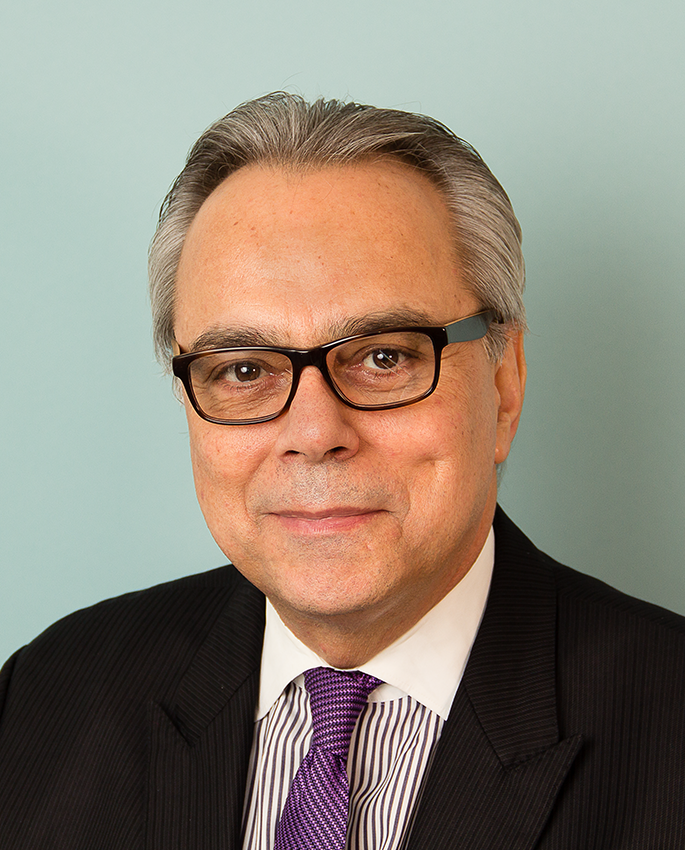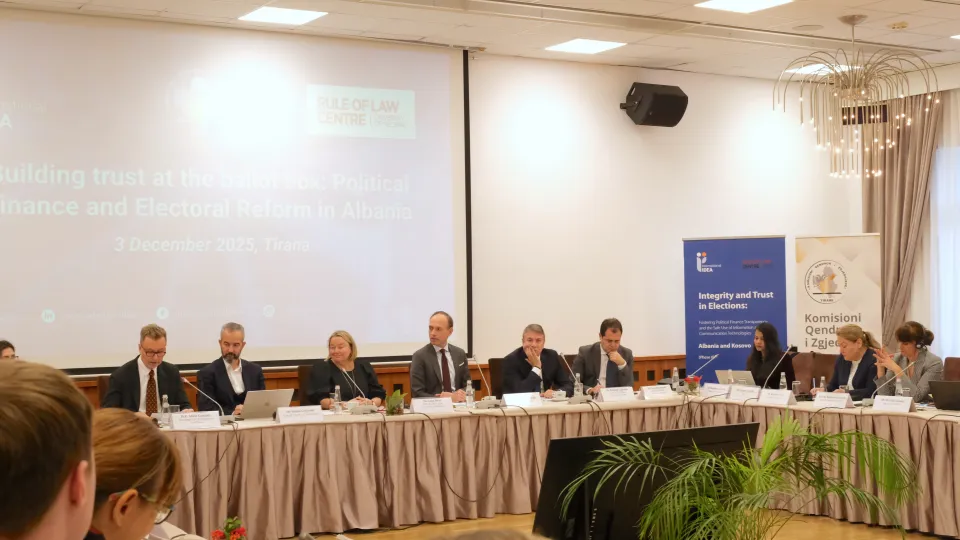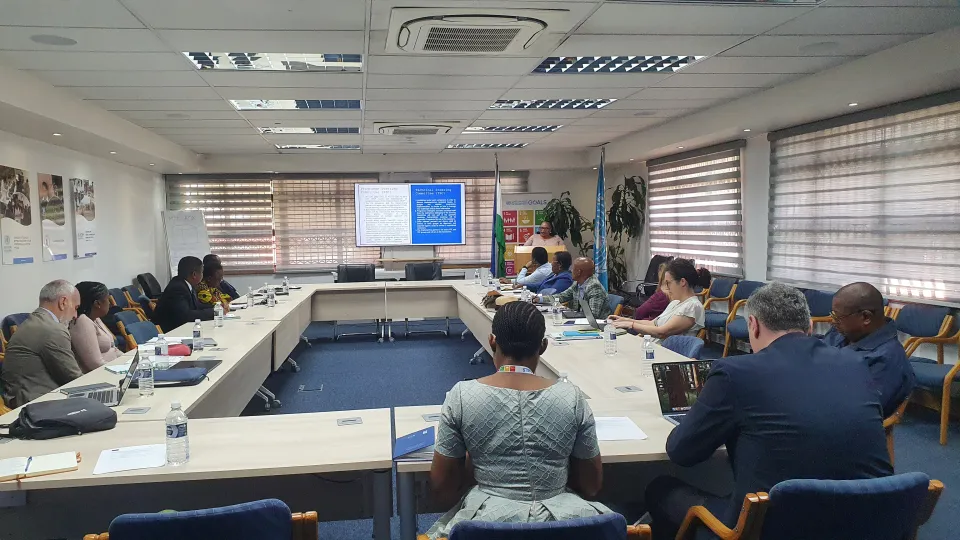Trends: 2014 Latin American Election Marathon
Tabaré Vázquez’s victory by a wide margin in the second round of voting in Uruguay’s presidential election (30 November 2014), was the last in the marathon of elections held in Latin America in 2014. The seven countries that held presidential elections – Costa Rica, El Salvador, Panama, Colombia, Bolivia, Brazil, and Uruguay – offer important lessons about electoral politics in the region.
South America opts for continuismo whereas alternation in power prevails in Central America. The parties in power won all four presidential elections in South America, i.e. Colombia, Bolivia, Brazil, and Uruguay. By way of contrast, in two of the three presidential elections in Central America there was change of the party in power (Costa Rica and Panama) and continuity in El Salvador. In the region as a whole, the party in power won five of the seven elections held in 2014.
Ideological pluralism regionally, but with a left – center-left predominance. Three of the four South American elections were won by the left (Morales) or the center-left (Dilma Rousseff and Vázquez). Colombian Juan Manuel Santos, center-right, was the only exception to this trend. Two of the three elections in Central America were won by the center-left (Luis Guillermo Solís, in Costa Rica) or the left (Salvador Sánchez Cerén, in El Salvador). The center-right had only one victory - Juan Carlos Varela in Panama. The outcome of these elections means that all the current governments in South America are of the left or center-left except for Colombia and Paraguay. In Central America, the situation is more diverse, with governments of the right or center-right in Guatemala, Honduras, and Panamá; the left in El Salvador and Nicaragua; and the center-left in Costa Rica.
Second-round elections are at a high point. Six of the seven countries in which there were elections in 2014 allow second-round elections (all but Panama), and in five of these six elections, a second round of elections was necessary. These include Costa Rica, El Salvador, Colombia, Brazil, and Uruguay (Morales’s victory on the first round was the exception). Only in Colombia did the outcome of the second round differ from the first (Santos, who finished second in the first round, later defeated Oscar I. Zuluaga in the second round).
Re-election continues to be infallible. The three presidents who sought consecutive re-election (Santos, Morales, and Rousseff) came out on top. Vázquez (like Bachelet last year in Chile) won in his endeavor to be re-elected after being out of office. In South America the tendency continues whereby every president who has sought re-election (from 1978 to date) has succeeded. If in addition, we consider the elections of Crisitina Fernández de Kirchner (2011) and Rafael Correa (2013), as well as the successful non-consecutive re-elections of Bachelet (2013) and Vázquez (2014), we can conclude that South America holds many elections, but with few new faces (or parties). In effect, never before has the region had such a large number of governments in office for such a long duration: four consecutive terms of the Workers Party (PT: Partido dos Trabalhadores) in Brazil, three consecutive terms of the Broad Front (FA: Frente Amplio) in Uruguay, three Kirchner administrations, three consecutive elections won by Morales in Bolivia and three consecutive elections won by Correa in Ecuador, and chavismo has been in power for more than 15 years.
Argentina 2015
The Argentine elections of 2015 bring to a close the cycle of elections in the Southern Cone countries. Paraguay and Chile had elections in 2013, whereas Bolivia, Brazil, and Uruguay went to the polls this year. In four of the five countries, the left (Bolivia) or center-left (Chile, Brazil, and Uruguay) won. The exception was Paraguay, with a center-right government. In three of the four countries it was necessary to hold a second-round election. The exceptions are Bolivia (where Morales won by a landslide on the first round) and Paraguay (which does not have second-round elections). In three of the five countries the party in power remained in office (in two cases by re-election of the presidents, and in one case re-election of the party). Alternation occurred in Chile and Paraguay, but in both cases they involved the return to power of a party (the Colorado party in Paraguay) or a coalition of parties (of the center-left in Chile) who had already governed their respective countries for a long time.
If the polls are correct, by 2016 no party will have sole control of the legislature. In this scenario, political leaders should prepare to replace the hegemonic style of hyper-presidentialism with a style based on dialogue and consensus-building. The hyper-presidentialism characteristic of menemismo and kirchnerismo, which did away with the separation of powers reduced Congress to merely rubberstamping the initiatives of the executive. The new president will have to govern by coalition to achieve the majorities required to address the legacy it will inherit from the current administration. This has been the case for some time now in Brazil, Uruguay, and Chile (each with its own specificities); in Argentina it should be cause for serious reflection.
My opinion
The results of this electoral marathon show the geographic heterogeneity of Latin America. While in South America a trend of continuismo prevails, with most of the governments being of the center-left and left, in Central America we observe more balanced trends in relation to both dimensions.
The oppositions increased their capacity to make it difficult for the parties in power to win, but in most cases they were incapable of forcing an alternation in power.
It is true that there are degrees of dissatisfaction due to unmet citizen demands, and a desire for change, but when it comes down to it, the electorate is opting not so much for change, understood as an alternation of the party in power, but for “change in continuity,” since voters fear losing the gains and levels of consumption attained in recent years. This is especially true of South America. It appears that social programs are a powerful clientelistic weapon that generates political loyalty and electoral returns for the parties in government.
In brief, in Latin America no one who has been raised to the middleclass wants to become poor again. To achieve this objective it would appear that for broad sectors of the Latin American population, the political parties of the left offer better guarantees than those of the center-right. Until these conditions change, alternation in power in most of South America will have to wait. Whether the Argentinian presidential elections in 2015 will follow suit remains to be seen.




